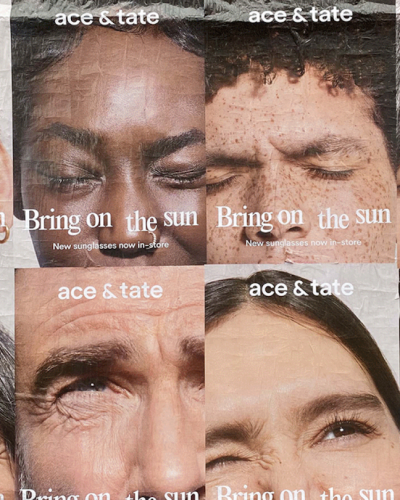Mixed-use developments — typically urban projects that blend residential, commercial and/or retail components — present an excellent opportunity to create a sense of place, promote a more pedestrian-friendly environment and add deep cultural texture to the neighborhoods they inhabit. Making such an impact is a big undertaking, so it’s no surprise we’re asked this question frequently: “Should we utilize a master brand for this development?”
What’s In a Name? A Lot, Actually.
It makes sense. After all, master brands have a lot to offer when executed correctly. Well-known examples of master brands include Disney, Four Seasons or Ritz-Carlton. Each name evokes a certain set of expectations relating to service, quality and the overall experience. Brands with such equity have an incumbent customer base that have already connected with that brand’s values, and so their trust in that legacy overrides any doubt of a new offering. For instance, when Disney opened branded hotels and residences alongside their theme parks in Orlando, people knew exactly what to expect — and they bought in without hesitation.
What could go wrong? If you have a strong, well-established master brand to tout, absolutely run with it. More often, though, we’re working with lesser-known entities or starting fresh. And that’s because building a legacy brand takes significant amounts of time — and no shortage of money — to cement a recognizable place in the public psyche. There is one shortcut of sorts, and that’s when a master brand attaches itself to the development’s location. We’ve seen this in places such as Manhattan, London, and San Francisco where a development has either leveraged its place in an established neighborhood or taken the opportunity to do some placemaking of its own. However, this is extremely tricky to pull off; you need to be consistent and do real work in adding value to the community you inhabit.
Going Your Own Way Could Get Interesting.
With that said, there are huge pros to going in the opposite direction. Stocking your mixed-use spaces with entities that feel on-brand, but aren’t part of any master brand allows you to partner with better established names whose brand equity could be leveraged to your mutual benefit. This creates the kind of buzz that’s typically difficult for a legacy master brand to achieve — and it certainly doesn’t hurt your bottom line, either. As a bonus, you’ll also run no risk of brand fatigue, since you’ll have built in enough variety to keep people engaged.
To Master Brand or Not to Master Brand? A Totally Valid Question.
In short, when it comes to using a master brand, our official stance is: If you’ve got it, flaunt it. And if not, you’re only one smart partnership away from building a legacy of your own.





